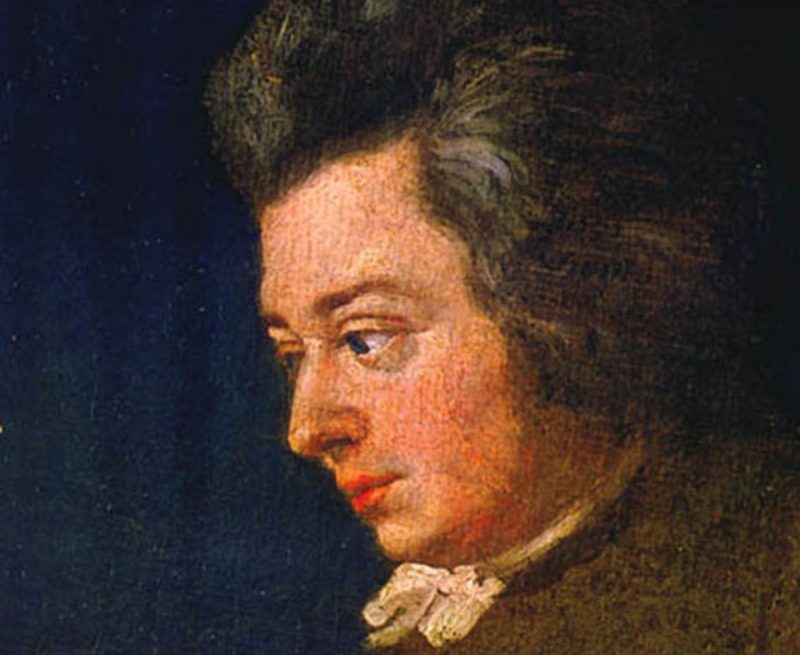For epileptics, Mozart may be medicinal
New research confirms listening to a much-studied Mozart sonata has an anti-epileptic effect on children.
by Tom Jacobs
The Mozart Effect—the notion that listening to music of the classical-era master, particularly his sublime Sonata for Two Pianos, can boost brain power—has experienced something of a renaissance. While some claims that circulated during its early ’90s media frenzy have been debunked, periodic studies have provided evidence that Mozart’s music improves cognition in young and oldalike.
New research from the University of Edinburgh provides confirmation it can be very beneficial for one specific group of people: children suffering from epilepsy.
A common test that detects electrical activity in the brain reveals “there is an anti-epileptic effect of Mozart music,” reports a research team led by Eliza Grylls. Three pieces of contemporary popular music did not have the same positive impact.
“Given the large proportion of people suffering from epilepsy [who do not respond] to the current medical treatment, and the financial burden of anti-epileptic medication in our society, a new therapy would be welcomed,” they write in the journal Seizure.
The first study to suggest that listening to Mozart may help treat epilepsy was published in the late 1990s, and researchers have been conducting follow-up research ever since. One study, presented at the American Psychological Association’s 2015 annual convention, reported positive results both from the Mozart sonata and from a classic jazz recording, John Coltrane’s rendition of My Favorite Things.
Grylls and her colleagues’ study featured 45 children ranging in age from two to 18, all of whom had been diagnosed with epilepsy. Each was hooked up to an electroencephalogram (or EEG), which measures electrical activity in the brain via small electrodes attached to the patient’s scalp.
Epileptic activity was measured for 25 minutes: five minutes of silence, to establish a baseline level; five minutes in which they listened to an excerpt from Mozart’s Sonata for Two Pianos (known by its catalog number K. 448); five more minutes of quiet; a five-minute excerpt of a different piece of music; and another five minutes of silence.
The other musical pieces were chosen from parents’ suggestions of their children’s favorites. Those under eight listened to Say Eh-Oh by the Teletubbies; eight- to 10-year-olds listened to Eelly-Ally-O by the Singing Kettle; and older kids listened to Year 3000 by the pop band Busted.
“A significant decrease in epileptic activity on EEG was found in the children during listening to Mozart compared to the baseline,” the researchers report. In contrast, there was no significant change in such activity during or after listening to the other pieces.
“This supports the idea that this effect is unique to Mozart, or at least to similarly structured music,” they conclude.
So what is it about Mozart that the brain responds to? “One theory is that as Mozart started composing at age 4, he exploited the inherent spatial temporal firing patterns of the cortex, and hence his music resonates cortical structure,” the researchers write.
Alternatively, the “repetition of the melodic line in Mozart’s music (may) reflect aspects of our brain and bodily function.”
But the fact the mechanism is still in dispute need not dissuade doctors from utilizing such a simple, low-cost treatment for a serious illness. For some sufferers, Mozart may be the best medicine.
Central photo: Detail of a portrait of Mozart by his brother-in-law Joseph Lange. (Photo: Wikimedia Commons)
